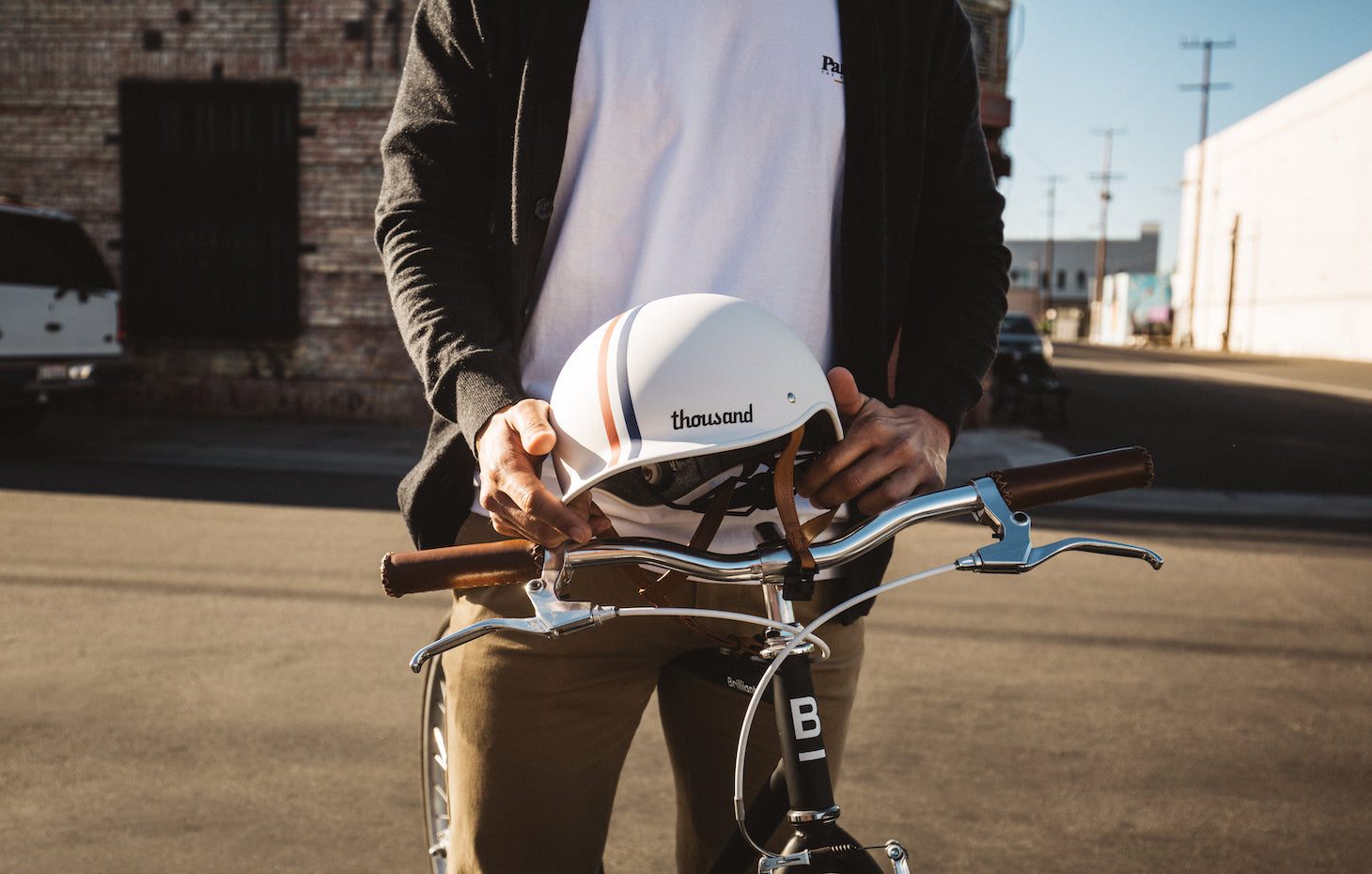
It wasn’t all that long ago when the United States government made the call to implement standardized testing and safety certifications for bike helmets. We’re talking within the last three decades. Your safety is certainly precious (we especially think so), which is why these standards exist. As a modern bike helmet company that makes helmets for mountain bikes, cycling, road bikes, skateboarding, and more, we’re appreciative of all the work that’s been done to ensure that the proper safety measures are taken when our bicycle helmets are put to the test. Our products are meticulously crafted to help reduce the impact of bike-related accidents. That’s why our Heritage helmets are CPSC, ASTM F1492, and CE EN1078 safety certified.
Curious as to what some of that jargon means? Here’s a quick look at bike helmet and skateboard helmet safety certifications by region.
BIKE HELMET AND SKATEBOARD HELMET SAEFTY CERTIFICATIONS:
THE CONSUMER PRODUCT SAFETY COMMISSION
In 1994, the Consumer Product Safety Commission (CPSC) was tasked by Congress to put together a set of standards for bike helmets under the Children’s Bicycle Helmet Safety Act. That’s because there were several different standards at play, and it was confusing to buyers. The third and final draft was approved in 1998 and has since served as critical guidelines for how U.S. bicycle helmet companies manufacture their products. Prior to this national standard, bike helmet manufacturers could meet some, all or none of the existing standards.
Every bike helmet is required to endure rigorous testing. It’s placed on a test dummy head, turned upside down and dropped from a measured distance onto an anvil. According to helmets.org, “the CPSC standard uses a lab test drop of 2 meters (~6.5 feet) on a flat anvil and 1.2 meters (~3 feet) on a hemispheric and a curbstone anvil.” The helmet passes the test if “the accelerometer inside the headform registers less than 300 g's during the impact.” The test also includes a strap and buckle strength requirement that must be met before it’s considered good to go. In some cases, tests will include what’s called a “rolloff” to see how well the helmet stays on the test dummy head when pulled from various directions.
It’s worth noting that the government doesn’t actually conduct the CPSC bike helmet safety tests, according to the super informative helmetfacts.com site. While the government sets the standard, most helmet manufacturers will either do their own tests according to the standard or ship a few helmet models to third-party testing facilities.
Additionally, CSPC is widely accepted in countries like Brazil, Canada, China, Japan and Taiwan.
THE AMERICAN SOCIETY FOR TESTING AND MATERIALS
In addition, the American Society for Testing and Materials (ASTM) is nowadays primarily responsible for producing standards for other activities that requirement helmets like skateboarding, skiing and downhill bicycle racing. This was actually the most-used standard up until 1999 when CPSC standards stole the spotlight. The lab tests are actually almost identical to CPSC but the big difference is in the certification. ASTM doesn’t require independent certification so any manufacturer can place a “pass” sticker on their product.

GLOBAL TESTING STANDARDS
Europe has its own bicycle helmet safety standards as well. Maybe one day we can all collectively agree upon those standards and streamline (dreams can come true, right?). Until then, even some U.S. helmets undergo testing defined by other countries.
For instance, the European Cycling Standard (EN1078) was approved in 1997 by the European Committee for Standardization for all cycling and skateboarding helmets sold in 32 European countries. Helmets that pass under these standards are often lighter and thinner because they’re dropped from lower heights compared to CPSC tests. This test also has a lower maximum G-force threshold.
MULTI-DIRECTIONAL IMPACT PROTECTION SYSTEMS
To help provide even more protection against concussions and other brain injuries, many of today’s bike helmets, like our Chapter Collection, are manufactured with Multi-Directional Impact Protection Systems (MIPS) that include a protective layer on the inside of the helmet that slides. You can learn more about MIPS here.

